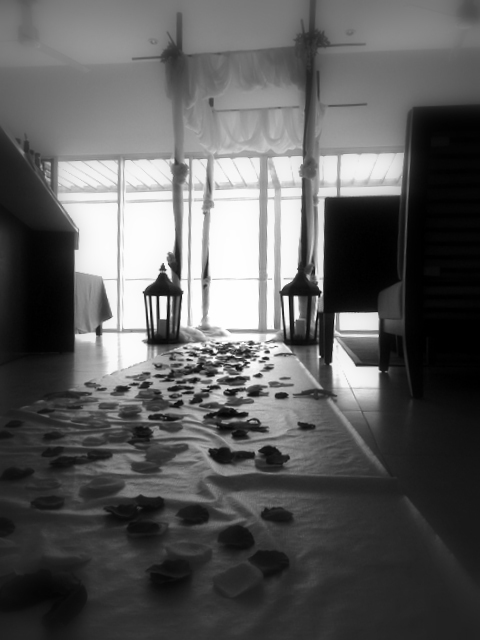Last nights
TCI Environmental Club meeting welcomed several members of the
UK Overseas Territories Programme at the
Royal Botanic Gardens, Kew. Martin Hamilton, the programme coordinator, gave a presentation about the valuable work they are doing throughout the TCI and the world over. A new study and Kew's analysis has determined that one in every 5 plants species are at risk of extinction. These individuals are ultimately trying to stop that catastrophe, and consequently the dire results which would follow; eradication of insect and animal species due to loss of habitat or food supply; degradation of soil and biodiversity, and potential loss of medicinal purposes just to name a few. Martin went on to explain some of the ways in which they go about documenting, conserving, evaluating risk, and then spreading awareness, training, and education based on their research and findings.
Tom Heller, seed collection officer, then followed with a talk about the
Millenium Seed Bank, a project that was first dreamed up in 1992 and officially put into action in the year 2000. It's ambitious objective was to collect and conserve 10% of the world's plant population, a goal they achieved both on time and on budget in 2010. He explained the genetic footprint of an entire field of poppies can be stored in just the small and inexpensive space of your typical mason jar. Collaboration with a total of 122 organisations in 53 countries have made the programme a success. Here in the Turks and Caicos Islands, Kew members assisted by the
the National Trust, the
DECR, and the Department of Health, have collected 149 species now resting safely in the seed bank. These high quality collections follow four rules, the first being the all important 3 E's; is the species Endemic, Endangered, and/or Economically Useful? Secondly they target precisely what, where, and when followed by properly identifying seed vouchers and extensive collection protocols. Lastly the seeds go through the actual process of conservation, most often assisted with equipment for both drying and regulating temperatures. Tom explained how greatly this process may vary from seed to seed. Some of their research is trying to pinpoint for example, why a particular buttercup species will only last a maximum of 30 years yet a species of calothamnus may exist up to 6,000 years before returning to the soil and sprouting. Most of this fascinating research is, lucky for us, available on the online
herbarium. In fact, one of the major goals of the programme is "technology transfer", sharing the wealth of information for the benefit of all. At the close of the presentations, we had a valuable question and answer session where we discussed TCI's problem areas. Notables are the invasive
Casuarina, who not only creates a thick blanket of needles along with a chemical secretion that inhibits the growth of other species, but exasperates beach erosion post hurricanes, and the scale insect that desecrated the
Caicos Pine. When asked what the environmental club could do to help assist the team in their noble efforts, each member had a different answer. Sara, team officer for the online herbarium stressed educating the youth about the importance of plant biodiversity and ecology, Tom suggested helping with seed collection and database activities, and Martin answered to put pressure on developers, the planning department, and the policymakers in government to protect native habitats and hinder development in those areas.
Please join
us at our next meeting,
rescue mission, seed collection or other active endeavor, we would love to have your participation!











































.jpg)






